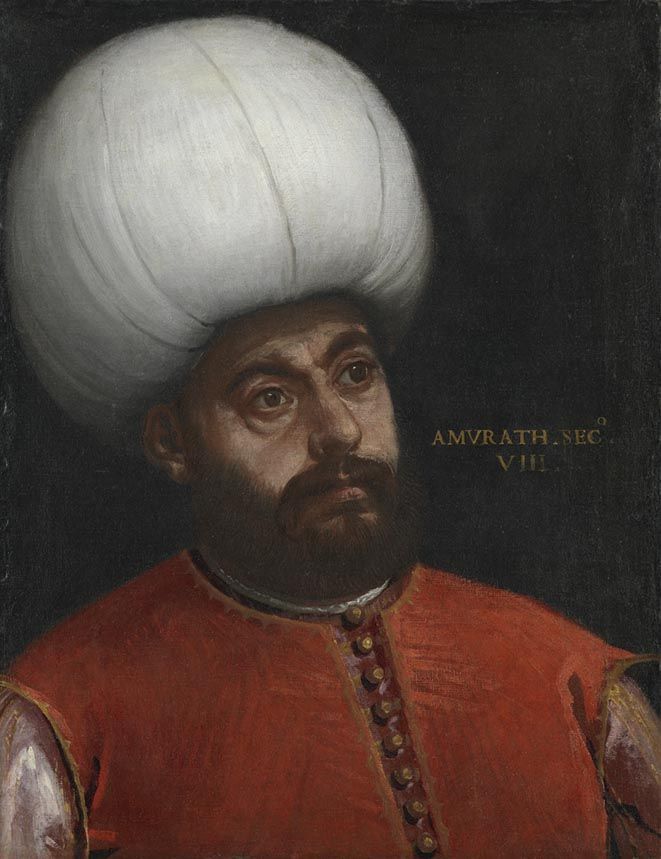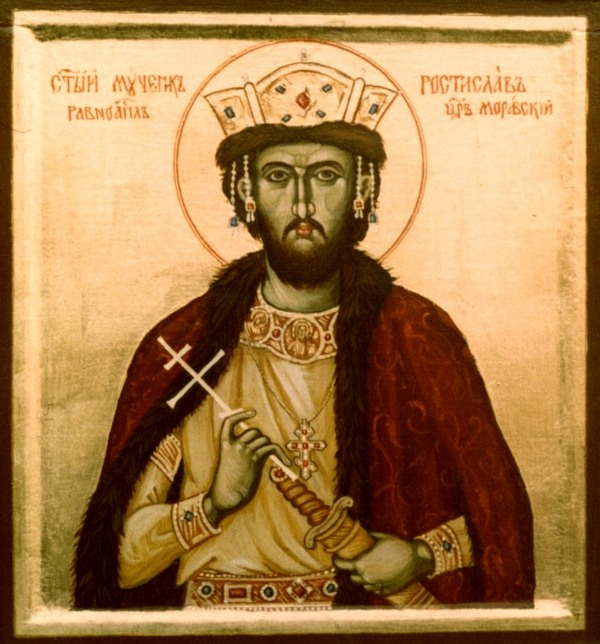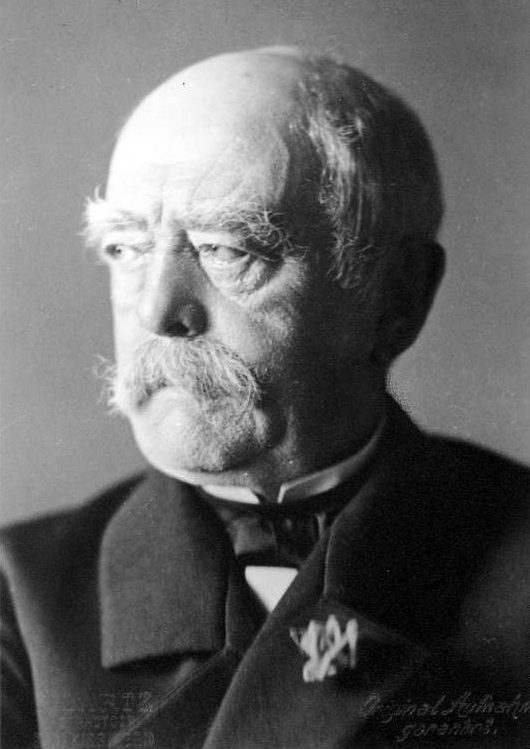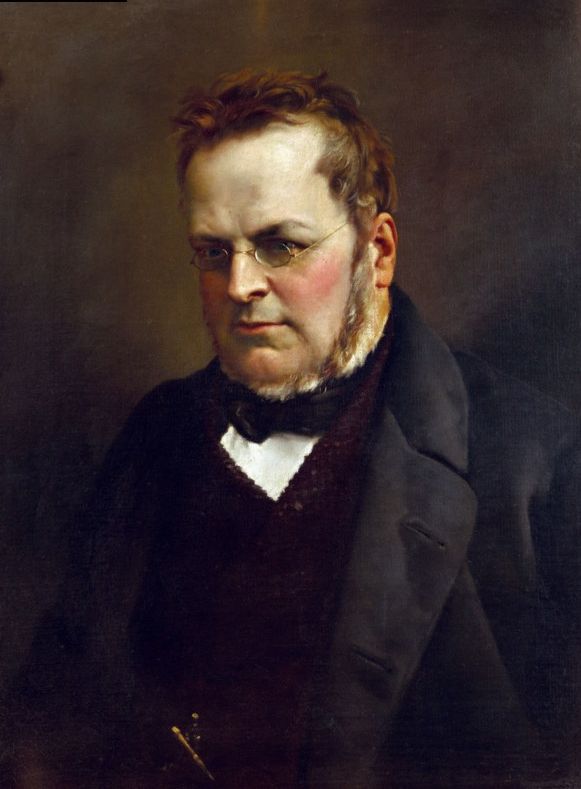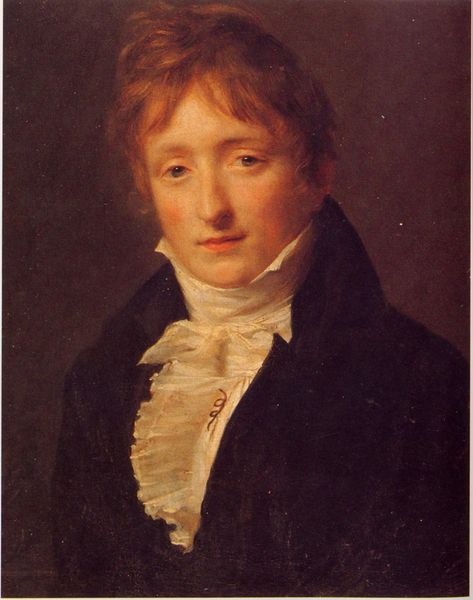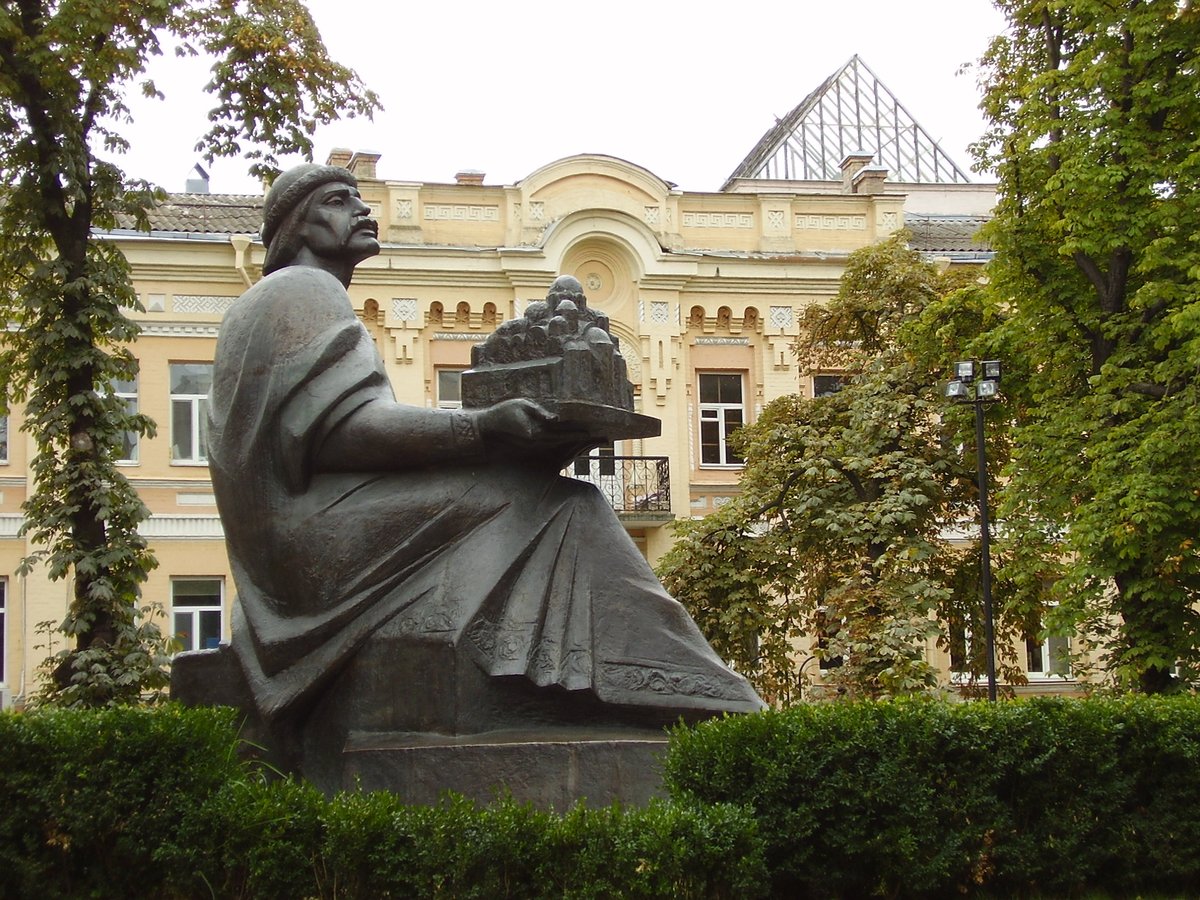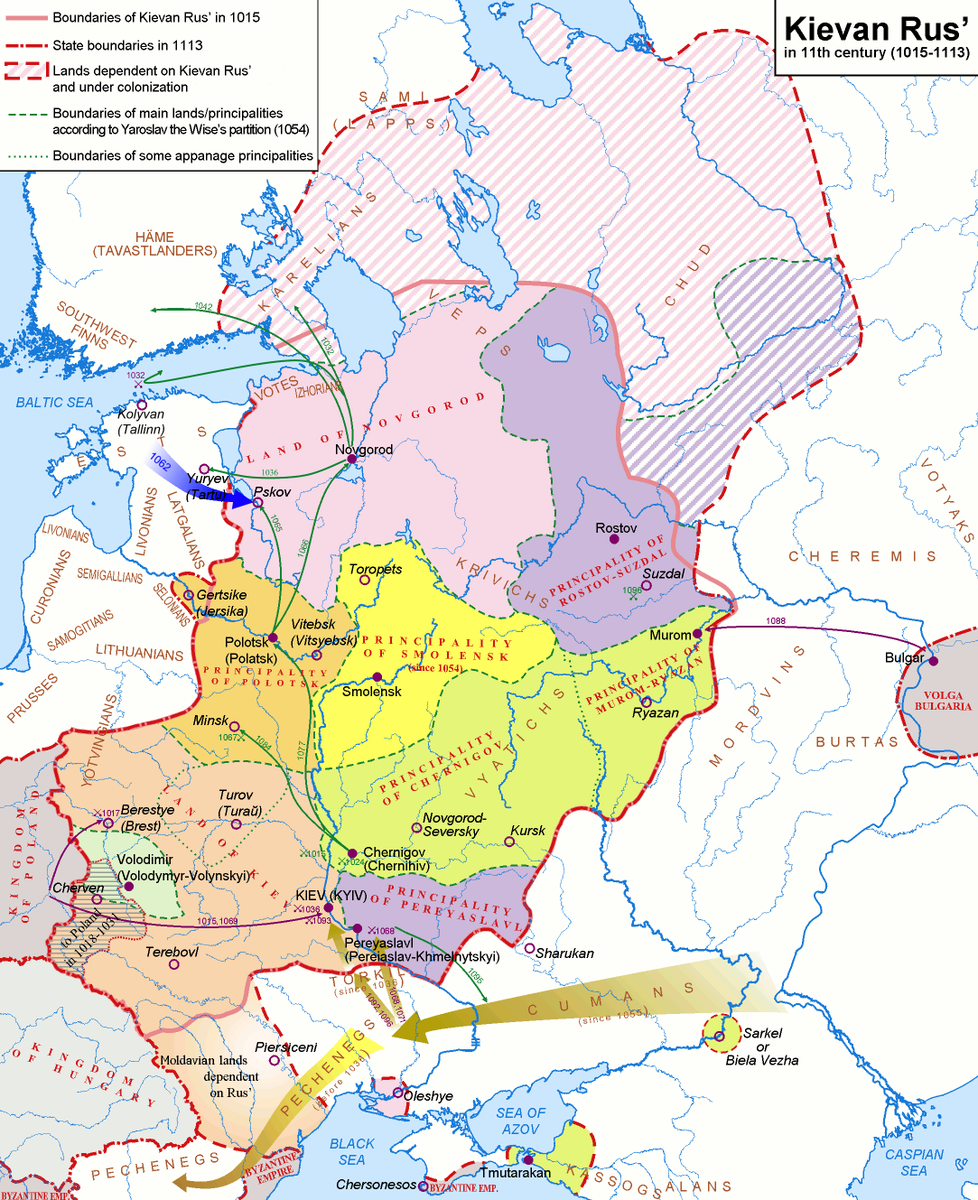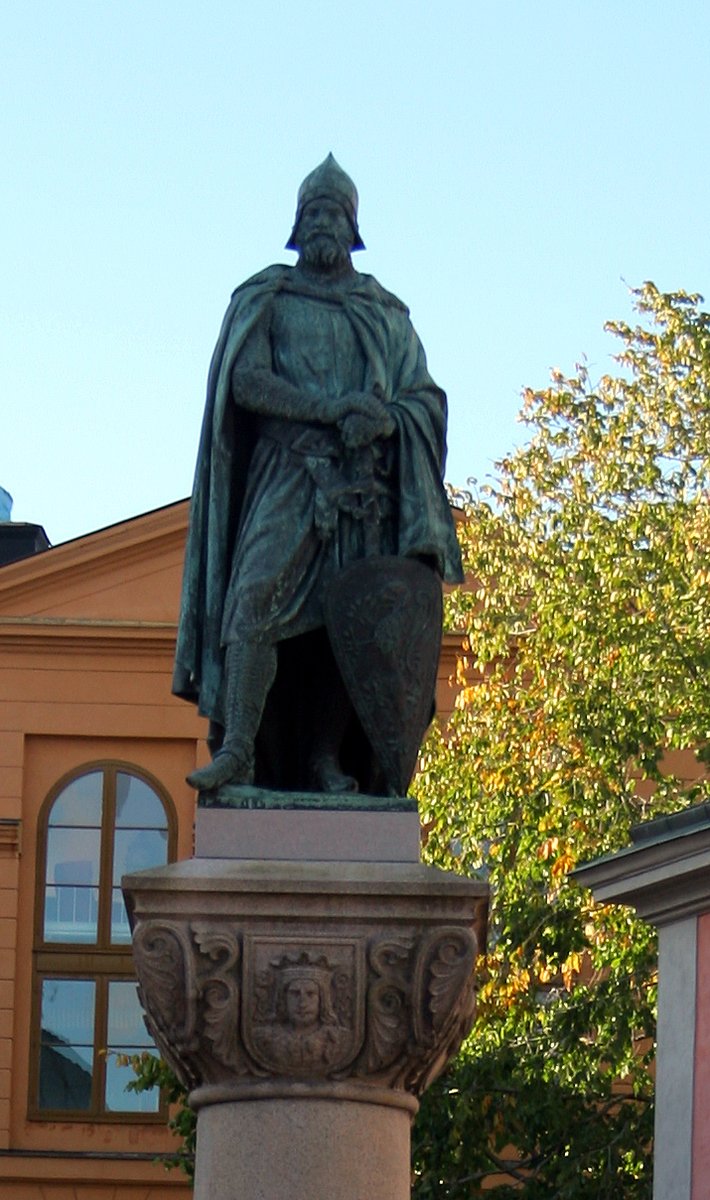Exiled at a young age, a tall leader returns and becomes King.
But he has higher ambitions and an Empire and a Patriarchate are created.
Story in the evening ...
But he has higher ambitions and an Empire and a Patriarchate are created.
Story in the evening ...
https://twitter.com/Arby_K/status/1485802227860385793
Stefan Dušan was born in 1308 to Stefan Uroš Dečanski and Princess Teodora of Bulgaria. Stefan Uroš Dečanski was the eldest son of Stefan Uroš Milutin, King of Serbia, and was the governor of Zeta within the Kingdom of Serbia. 1/10 

In 1314, Stefan Dečanski rebelled against his father. After defeating his son, King Stefan Milutin exiled his son and family to Constantinople and put his younger son, Stefan Konstantin, in charge of Zeta. Stefan Dušan grew up in Constantinople, learning their culture. 2/10 

In 1320, Stefan Dečanski returned to Serbia and was put in charge of Budimlje. The next year, his father died and Stefan Konstantin became King. But it was challenged by Stefan Dečanski and their cousin, Stefan Vladislav, who ruled in Syrmia. 3/10 

By 1323, Stefan Dečanski had defeated his brother and put his son, Stefan Dušan, in charge of Zeta. Stefan Vladislav was also defeated by 1325, but Syrmia got divided amongst Serbia, Bosnia and Hungary. In 1326, Stefan Dušan lost a battle to Bosnia losing rule over Hum. 4/10 

But the experience proved useful in 1330, when Serbia took on Bulgaria. Stefan Dušan's late charge at Velbužd proved crucial and the Bulgars were routed. The Bulgarian Tsar was captured and Stefan Dušan's cousin, Ivan Stefan was made the new Tsar. 5/10 

From the distance, the Serbian forces saw a weak Constantinople recovering from a civil war. But Stefan Dečanski's lack of interest in expanding to the south led to a conflict between father and son. By 1331, Stefan Dušan had defeated his father and deposed him. 6/10 

In the meantime, Tsar Ivan Stefan had been deposed in Bulgaria and replaced by his cousin, Ivan Alexander. In 1332, King Stefan Dušan allied with Bulgaria by marrying the new Tsar's sister, Jelena. He pushed into Byzantium in 1334, gaining territories before making peace. 7/10 

Next King Stefan Dušan pushed northwards against Hungary, gaining part of Syrmia lost earlier to Hungary and Bosnia, including Belgrade. But in 1341, Constantinople again fell into a civil war and the King saw an opportunity. He backed Ioannes Kantakuzenos in the civil war. 8/10 

The six year war saw Serbia annex most of the Empire's Balkan territories. But that was not all that King Stefan Dušan did. In 1346, he raised the autocephalous Serbian Archbishopric to Patriarchate and got himself crowned Emperor. 9/10 

Further attempts to enlarge his Empire were unsuccessful as he encountered a stronger Byzantium. His son, Stefan Uroš, succeeded him after his death in 1355, but the new Empire soon got fragmented into many semi-independent regions and collapsed by 1371. 10/10 

• • •
Missing some Tweet in this thread? You can try to
force a refresh


